- Urbaki Pets
- Small Pets
- Guinea Pigs
- Increible! Guinea Pigs Body Language Explained
Increible! Guinea Pigs Body Language Explained
12/08/2024 · Updated on: 14/10/2025

Understanding guinea pig body language turns everyday moments into clear conversations.
These small, expressive animals communicate with a mix of sounds, postures, and rituals of dominance that can look confusing until you learn what to watch for.
This guide explains what the most common signals mean, how context changes interpretation, and—most importantly—what you can do to support calm, happy behavior at home.
Why Reading Body Language Matters

When you can decode guinea pig behavior, you catch early signs of stress before they become fights, you know when to give space, and you recognize genuine comfort versus forced tolerance.
Good reading also strengthens the bond with your pigs: you’ll fine-tune handling, enrichment, and housing so they feel safe enough to act naturally.
Think of this as a practical toolbox: quick definitions, what it usually means, and what action to take right away.
Context Changes Everything
The same sound can mean different things depending on posture, environment, and social dynamics.
A soft purr in a relaxed body often signals contentment; a deeper, vibrating rumble paired with hip swaying is more about status or courtship.
A short freeze might be a normal “listen and check” response, while a long, rigid freeze with wide eyes points to fear.
Whenever you’re unsure, ask three questions: What just happened? What is the body doing? What is the group dynamic right now? Those answers turn guesses into confident action.
Sounds You’ll Hear

Wheeking (The Food Alarm)
Wheeking is the bright, insistent squeal that says, “Food’s coming!” It often happens when they hear a bag rustle or your footsteps at feeding time.
This is a great cue for positive association—call their names, speak softly, and deliver hay or veggies on a reliable schedule.
Using wheeking moments to reinforce predictable routines reduces anxiety and helps shy pigs approach more confidently.
Purring vs. Rumble (Tone + Posture)
A gentle, continuous purr with a loose, strolling body is usually contentment—think of it as comfortable background chatter.
A low, vibrating rumble paired with hip swaying or slow circles is rumble strutting, a display of dominance or courtship.
If both pigs remain loose and curious, you can observe and let them communicate. If you see stiff postures, head lifts, or chasing that escalates, spread resources, add more hides, and be ready to intervene.
Teeth Chattering (Back Off)
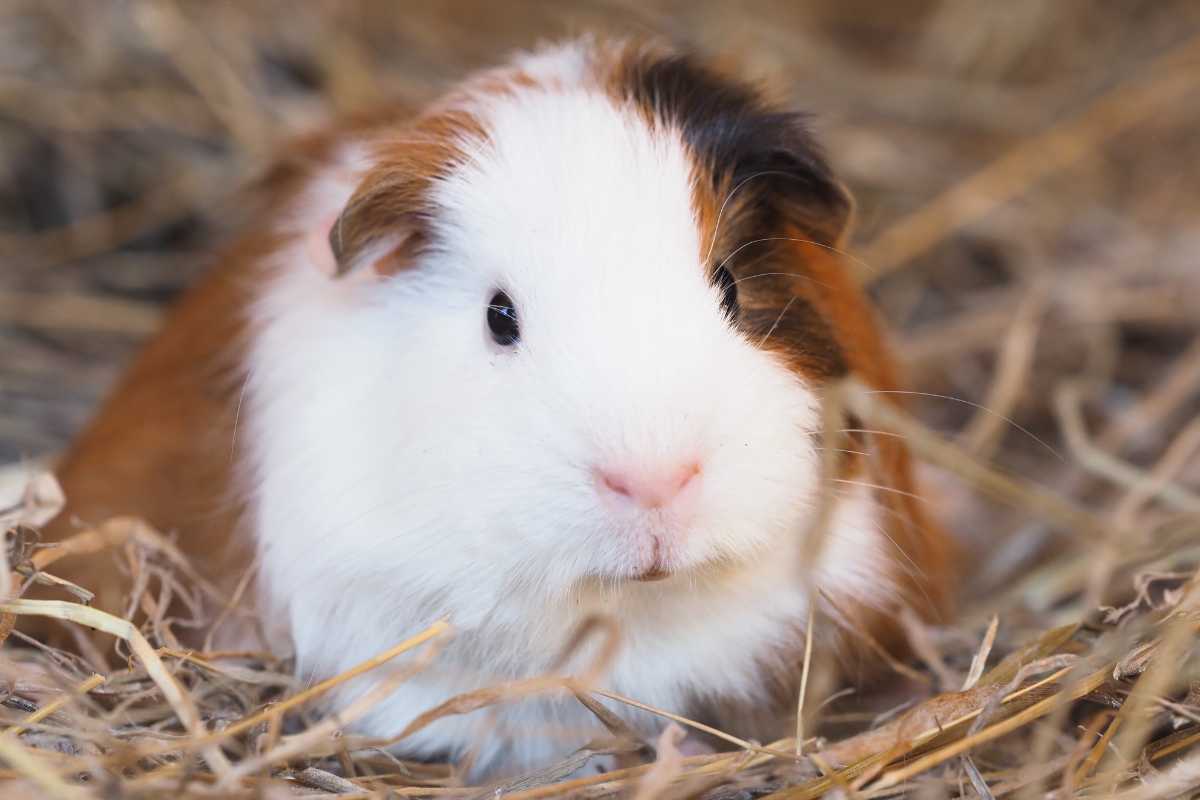
Teeth chattering is a rapid clicking that says “I need space.” If it’s brief and both pigs settle, keep watching without jumping in.
If it continues alongside head lunges, raised hackles, or tight circles, reduce excitement: separate food piles, add tunnels with two exits, and give line-of-sight breaks.
When chattering escalates to biting attempts or blood, separate immediately and plan a calmer reintroduction.
Chirping (Uncommon, High Alert)
Some guinea pigs occasionally chirp like a small bird. It’s rare and typically tied to heightened alert—new sounds at night, a recent move, or tricky social tension.
Dim the lights, quiet the room, and let them reset. If chirping repeats often, review the environment for stressors and ensure each pig has secure, familiar shelters.
Movements and Postures
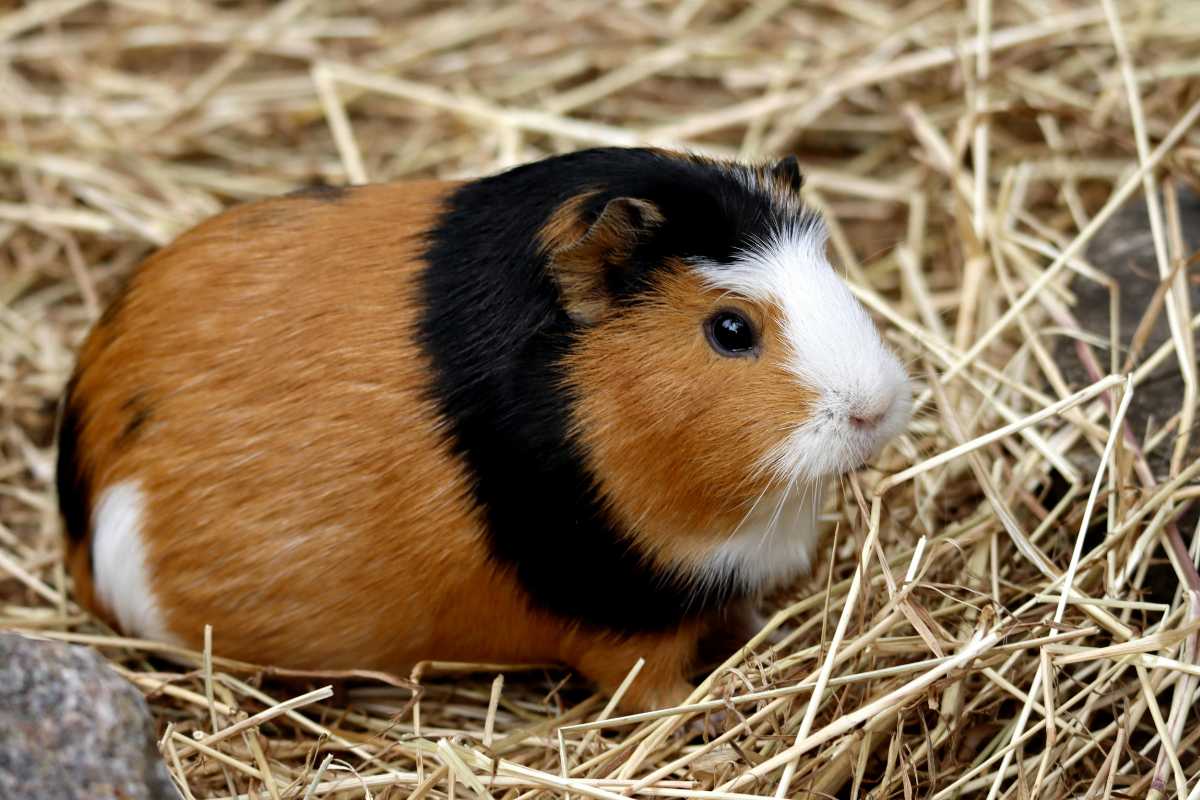
Popcorning (Pure Joy)
Popcorning—those sudden, bouncy jumps—is classic happiness. It usually appears with fresh hay, new tunnels, or active playtime.
Encourage it by offering deep, clean hay for tunneling, rotating simple cardboard mazes, and scheduling short, predictable floor time in a safe pen.
The more choice and control your pigs have, the more often you’ll see this joyful burst.
Freezing (Listen, Assess, Decide)
A brief freeze is a normal “what was that?” moment. The pig pauses, listens, and either returns to normal activity or retreats. Long, rigid freezing with wide eyes, low posture, or pressed-back ears suggests fear.
Lower household noise near the enclosure, add more shelters, and create clear paths to safety. Over time, predictability transforms freezing from panic into quick, confident checks.
Rumble Strutting (Status or Courtship)

Rumble strutting blends the low rumble with a slow, swaggering sway. In many cases it is a harmless status display. Watch for whether the receiver responds by yielding space, staying neutral, or challenging back.
If the receiver yields and everyone settles, you’ve just witnessed normal guinea pig diplomacy.
If it escalates—chasing, cornering, or mounting without release—add visual barriers and duplicate resources to reduce competition.
Mounting & Youthful Posturing
Mounting can appear during introductions or when younger boars test boundaries. Short, non-violent episodes that resolve quickly are part of normal hierarchy building.
Problems start when one pig refuses to disengage or the other can’t escape. Offer more square footage, provide multiple hay stations, and make sure every hide has at least two exits so no one gets trapped.
Dominance vs. Aggression: When to Step In
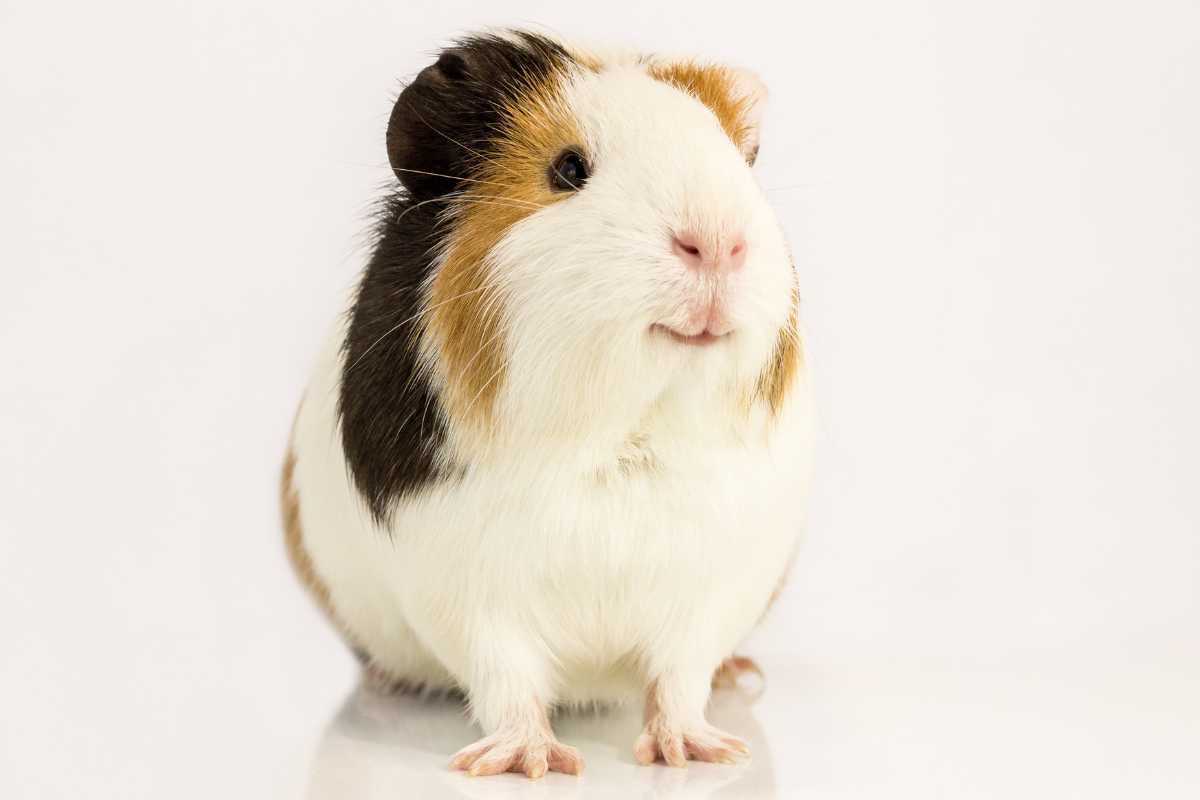
Healthy dominance looks like brief displays—rumble strutting, mounting, or mild chattering—followed by calm grazing or exploring. Aggression shows as repeated chasing, cornering, face-to-face teeth baring, and biting aimed to injure.
When you see sustained escalation, separate immediately. Cool down by letting each pig rest in a familiar, resource-rich space.
On another day, try a neutral-territory reintroduction with abundant hay spread across the area, duplicates of hides and bowls, and quiet supervision. Your aim is to make competition pointless and calm interactions easy.
Vet Red Flags (Pain or Illness)
Some sounds and postures suggest discomfort rather than social talk. Call your vet if you notice persistent high-pitched squeals, hoot-like wheezing, labored breathing, hunched posture, reduced appetite, or lethargy.
Vocalizations during urination or defecation can signal pain. Quick veterinary guidance prevents small issues from becoming serious and keeps behavior analysis honest—you don’t want to correct “bad manners” when the real problem is medical.
Set the Stage for Positive Communication
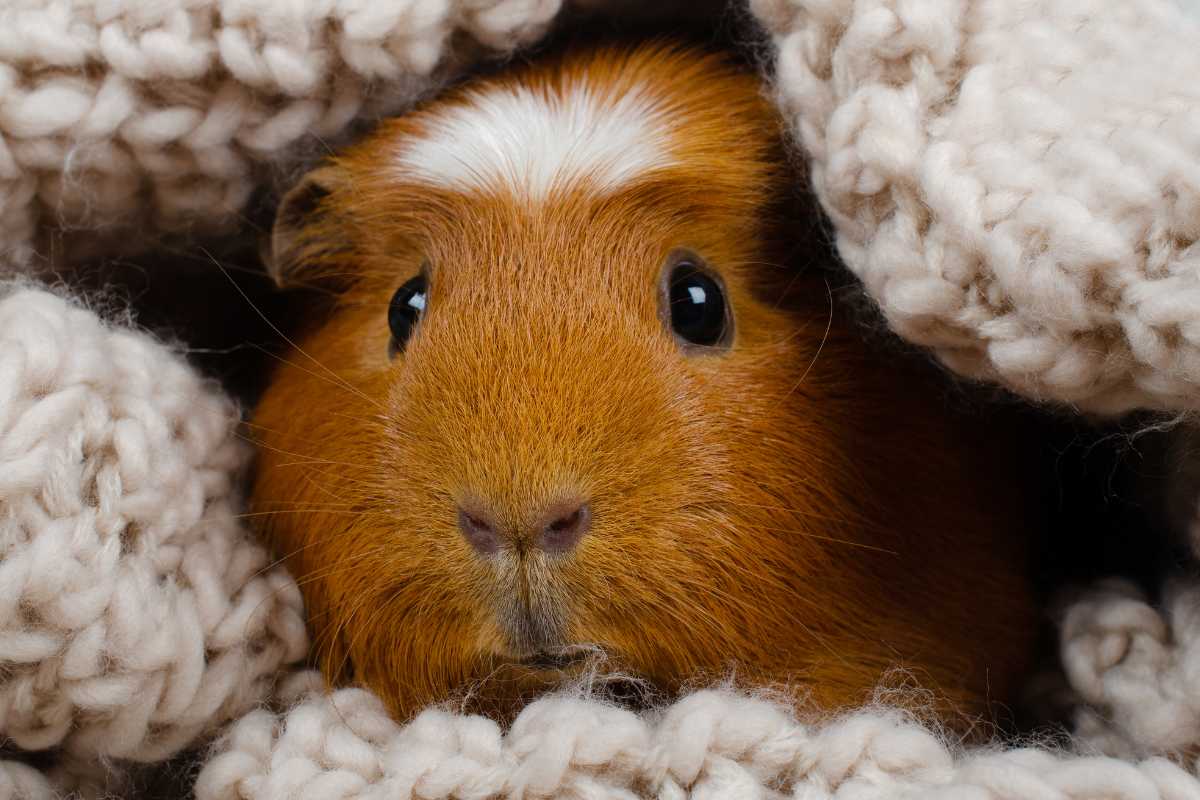
A well-planned environment reduces conflict and magnifies the good signals you want to see. Start with space: roomy enclosures give pigs room to avoid each other and lower tension instantly.
Add hides with two exits so no one gets cornered. Provide deep hay for foraging and tunneling, plus tunnels and bridges that create multiple routes.
Spread resources—two or more hay stations, water bottles, and pellets—so displays of status don’t turn into fights. Keep the routine predictable: same feeding windows, gentle handling, and dimmer evenings to invite calm.
Handling with Respect
Handling becomes a positive experience when it is brief, supported, and predictable. Approach slowly, scoop rather than grab, and return pigs to their safe space before they feel trapped.
Pair short handling with a reward—fresh hay or a favorite leafy green—so the experience ends on a positive note. If a pig shows teeth chattering, head tossing, or frantic squirming, stop and try again another day with a gentler setup.
Training Tiny, Useful Cues
Simple cues help everyday life. Use a consistent call at feeding time so “come here” means fresh hay and safety. Practice short target games (nose to a soft target, then reward) to guide movement without chasing or lifting.
These micro-skills reduce stress in cleaning and health checks and encourage curious, confident behavior.
Quick Reference: Signal → Meaning → Action
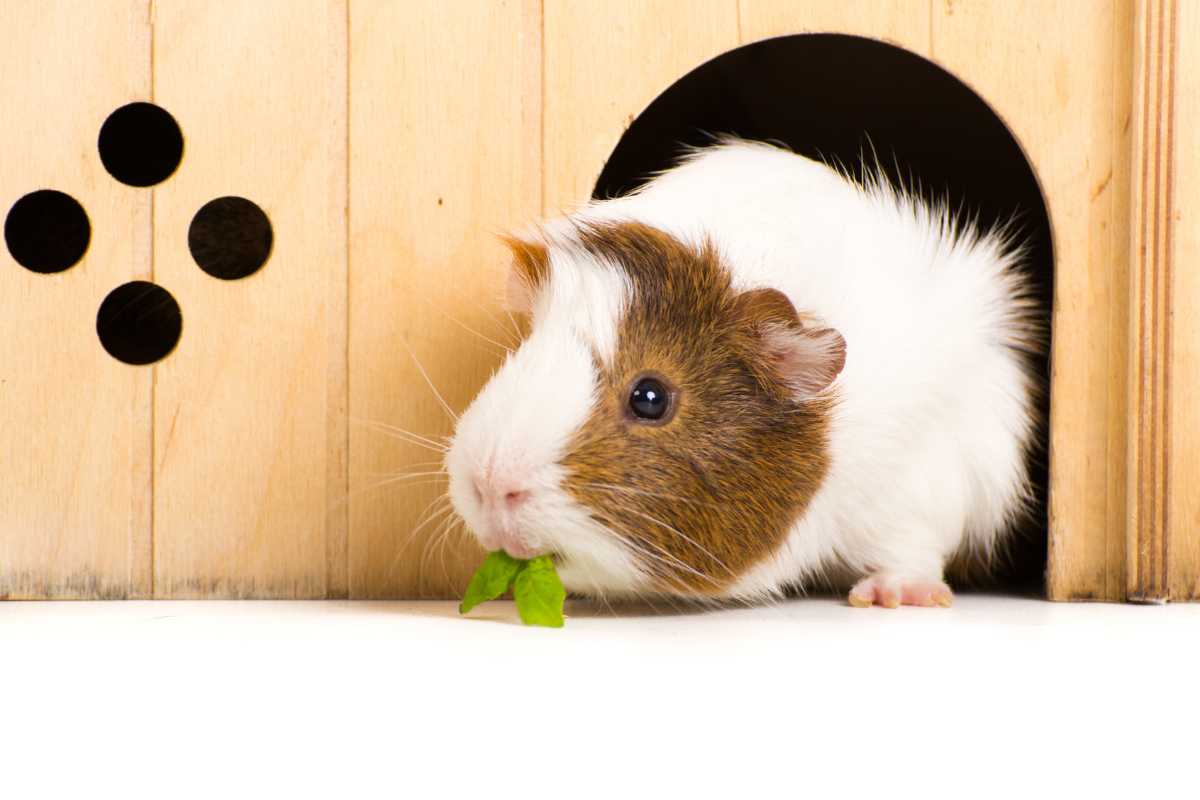
When in doubt, pair the signal with posture and take the safest minimal step.
Wheeking usually means anticipation; keep routines steady and use it to build trust.
Soft purring with a relaxed body is contentment; a low rumble with sway is status/courtship—observe, then add space if tension rises.
Teeth chattering means back off; spread resources, add hides, and interrupt escalation early.
Chirping signals heightened alert; quiet the environment and re-establish predictability.
Popcorning shows joy; keep enrichment fresh and safe.
Freezing is either a quick check or fear—add cover, lower noise, and allow choice.
A Gentle Plan for Introductions
Choose a neutral area free of familiar scents, scatter generous hay, and set out duplicate hides with wide openings.
Let the pigs explore without hovering; normal rumble strutting and light mounting may appear as they sort out who yields. If they forage side by side and relax into routine, you’re winning.
If chasing intensifies or teeth chattering persists, pause the session, let them rest separately, and try again with more space, more hay, and fewer visual triggers. Patience beats force every time.
Body Language in Everyday Life
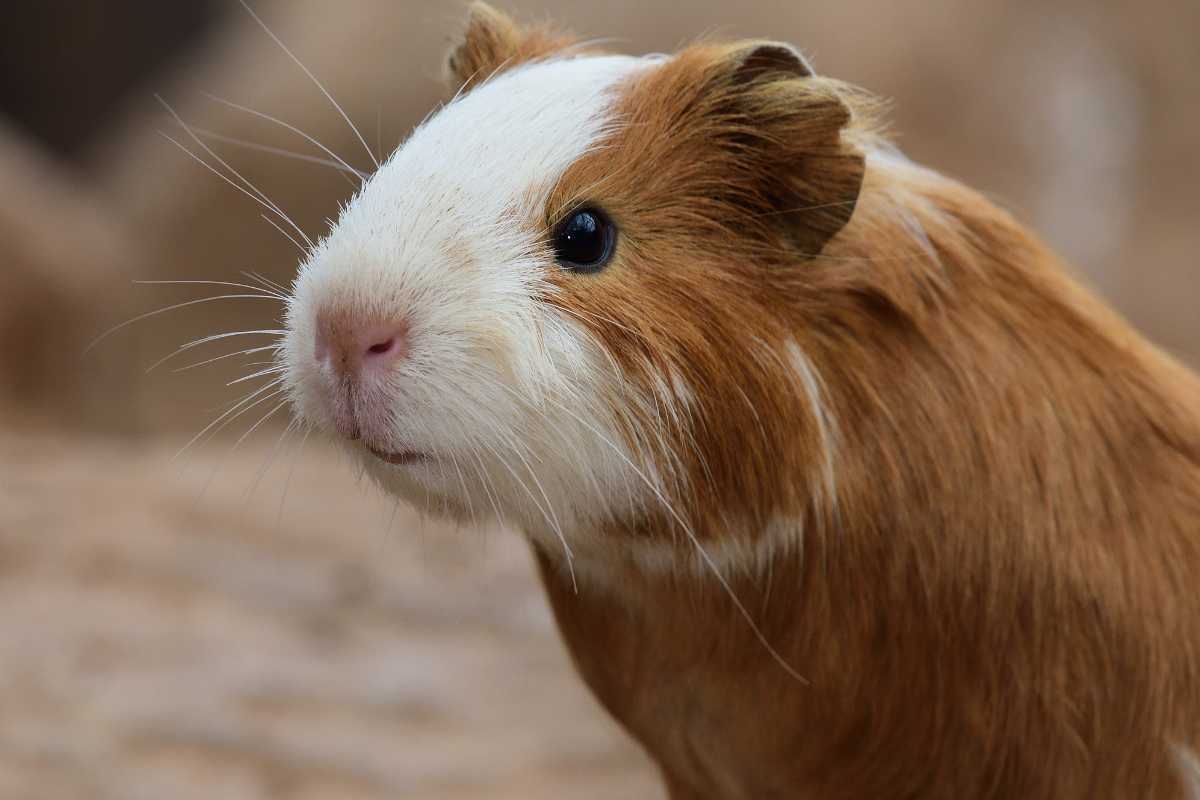
Your goal isn’t to eliminate displays—it’s to make them brief, readable, and safe. With ample space, duplicated resources, and a calm routine, you’ll see more soft purrs, relaxed grazing, and charming popcorning, and far fewer standoffs.
Keep watching for the small conversations: a head lift to claim a path, a detour that avoids conflict, two pigs sharing hay because there’s no reason to argue.
That’s the magic of understanding guinea pig body language—you’re not just stopping fights, you’re building a home where your pigs can be themselves with ease.
By pairing signals with context and responding with simple, immediate actions, you’ll transform noise into meaning and motion into messages.
The payoff is a calmer household, healthier social dynamics, and a deeper bond with the little personalities living in your enclosure.
Keep the environment supportive, stay curious about what your pigs are telling you, and let their behavior guide your next gentle adjustment.
Enjoy This Video About Small Pets

Source: Jaw-Dropping Facts
Did you find this post useful or inspiring? Save THIS PIN to your Pets Board on Pinterest!

Urbaki Editorial Team is the collaborative byline behind our pet-care guides. Our writers and editors turn evidence and real-life experience into clear, humane advice on training, wellbeing, nutrition basics, and everyday life with animals. Every article is planned, written, and edited by humans, fact-checked against reputable veterinary sources, and updated over time. This is an editorial pen name—see our Editorial Policy. Educational only; not a substitute for veterinary advice.

You may also like